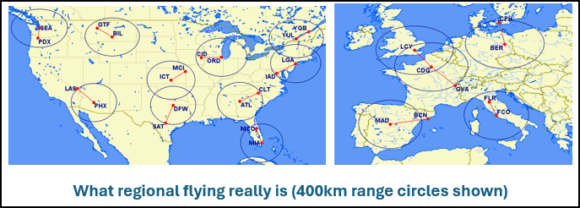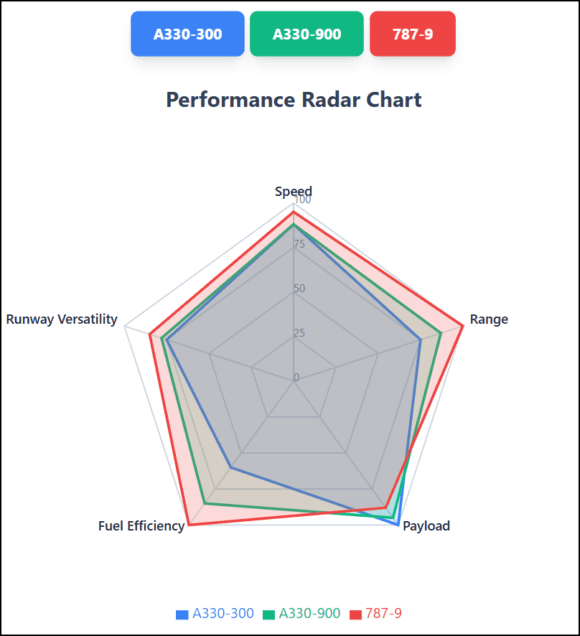
Etihad Airways new A350 1000 aircraft 2 scaled
Etihad Airways is making another step towards more sustainable operations but executing some thirty flights this week to reduce carbon emissions and contrail formation. The flights are the latest initiative in its quest to become ‘greener’, which it started with the Boeing 787-9 Greenliner in late 2019. Etihad tests contrail reduction technology.
The Greenliner has got company of the ‘Sustainability50’ Airbus A350-1000 when it finally entered commercial service with Etihad on April 1. Its 787-9s, -10s, and A350s will participate in this week’s test campaign which centers around Earth Day on April 22.
The aircraft will operate thirteen ‘EcoFlights’ on regular services to test a range of options to optimize engine performance and their climate impact. Since late 2019, Etihad has flown six EcoFlights with optimized routes and flight profiles, including continuous descent approaches and specific take-off procedures, and the use of sustainable aviation fuels (SAF). Etihad claims to have reduced carbon emissions by some 72 percent on one such flight from London to Abu Dhabi on October 23, 2021. Part of the EcoFlights is last-minute engine start-up and single-engine taxiing.
Another twenty flights will be dedicated this week to active contrail prevention. Etihad has been working for some time with UK-based SATAVIA, with which it signed an MoU at November’s Dubai Airshow. SATAVIA has produced models that can predict the best route for an aircraft to avoid contrail formation. Once optimized, reducing and avoiding contrail formation reduce the effects of the greenhouse effect that clouds can have at high altitudes. “Science tells us that the non-CO2 effect of flying in the sky is about fifty percent, so that needs to be addressed”, said Etihad’s Joerg Opperman during a presentation at the 2021 Dubai Airshow. Contrails are even responsible for sixty percent of the climate impact of aviation.
The SATAVIA system was already tested onboard the Boeing 787-10 Greenliner in October 2021. (Etihad)
SATAVIA’s DECISIONX system was already flight tested on the October 2021 flight EY20 to Abu Dhabi, using a Boeing 787-10: “Based on analysis of the original flight plan, EY20 contrail prevention activity prevented a net 64 tonnes of carbon dioxide equivalent (CO2e) forcing with a marginal fuel burn penalty of 0.1 tonnes, generating less than 500 kilograms additional CO2 emissions,” Etihad said at the time. The system requires close coordination with air traffic control and integration in the airline’s flight planning, said Opperman, Vice President of Hub and Midfield Operations.
As Opperman explained: “We planned our original flight plan. We would have gone through an area over the Black Sea that for about forty minutes would have brought us into a weather condition where ice particles would have formed. That would have had a CO2 impact of 65 tonnes of non-carbon. By comparison: the whole flight from London to Abu Dhabi produced 96 tonnes of CO2, so avoiding these 64 tonnes is huge. Luckily, we were allowed to change the flight plan and go 2.000 feet up to 39.000 feet, resulting in no secondary emissions and only a fuel burn penalty of 100 kilograms for climbing.”
In a media statement, SATAVIA CEO Adam Durant says: “Our understanding of contrails rests on decades of atmospheric science, which can now be combined with high-performance computer modeling to identify contrail formation zones and optimize flight plans for contrail prevention. Following these tests, we will work with Etihad to quantify the climate benefit arising from contrail prevention on a flight-by-flight basis. This will lay the groundwork for future conversion into tradable carbon credits incentivizing widespread adoption of contrail prevention across the aviation sector.”
‘Sustainability priority every day’
Etihad CEO Tony Douglas says: “The tests we’re conducting this week are just the latest initiatives in our long-running and comprehensive sustainability program, because for us, sustainability is a priority every day, not just once a year when it’s convenient and expected. The results we develop will add to the body of work and knowledge base we’ve built to support the aviation industry on its journey to decarbonization.”
Etihad’s Joerg Opperman (left), Maxine Youlten (center), and Terry Dale (right) explained the airline’s sustainability strategy during a presentation at last November’s Dubai Airshow, onboard the Airbus A350-1000. (Richard Schuurman)
During last November’s Dubai Airshow, Douglas signed multiple agreements on decarbonization reduction with Rolls-Royce, General Electric, and other stakeholders. While Etihad has put sustainability at the core of its company objectives, it is “an altruistic, non-competitive space for Etihad which we don’t see this as something that puts us in any mark. We have to lead sustainability together and that means winning overall forces”, said the airline’s Sustainability Manager, Maxine Youlten, during a presentation on-board the A350-1000 in Dubai.
Since the launch at the 2019 Dubai Airshow some fifty partners have joined the Greenliner program. Etihad wants to reduce carbon emissions and become net-zero in 2050 compared to 2019 levels. The original plan was to reduce emissions from flying by fifty percent in 2035, but Etihad met this target already late last year. “Obviously because of the reduction in flying during the pandemic, but obviously also because of the change of our fleet over the years and the reduction in fleet size. At first, we kept silent about this because we didn’t believe it ourselves, but after we validated it we said that we wanted to stay at this level. That’s what we have done”, said Joerg Opperman.
Views: 88





